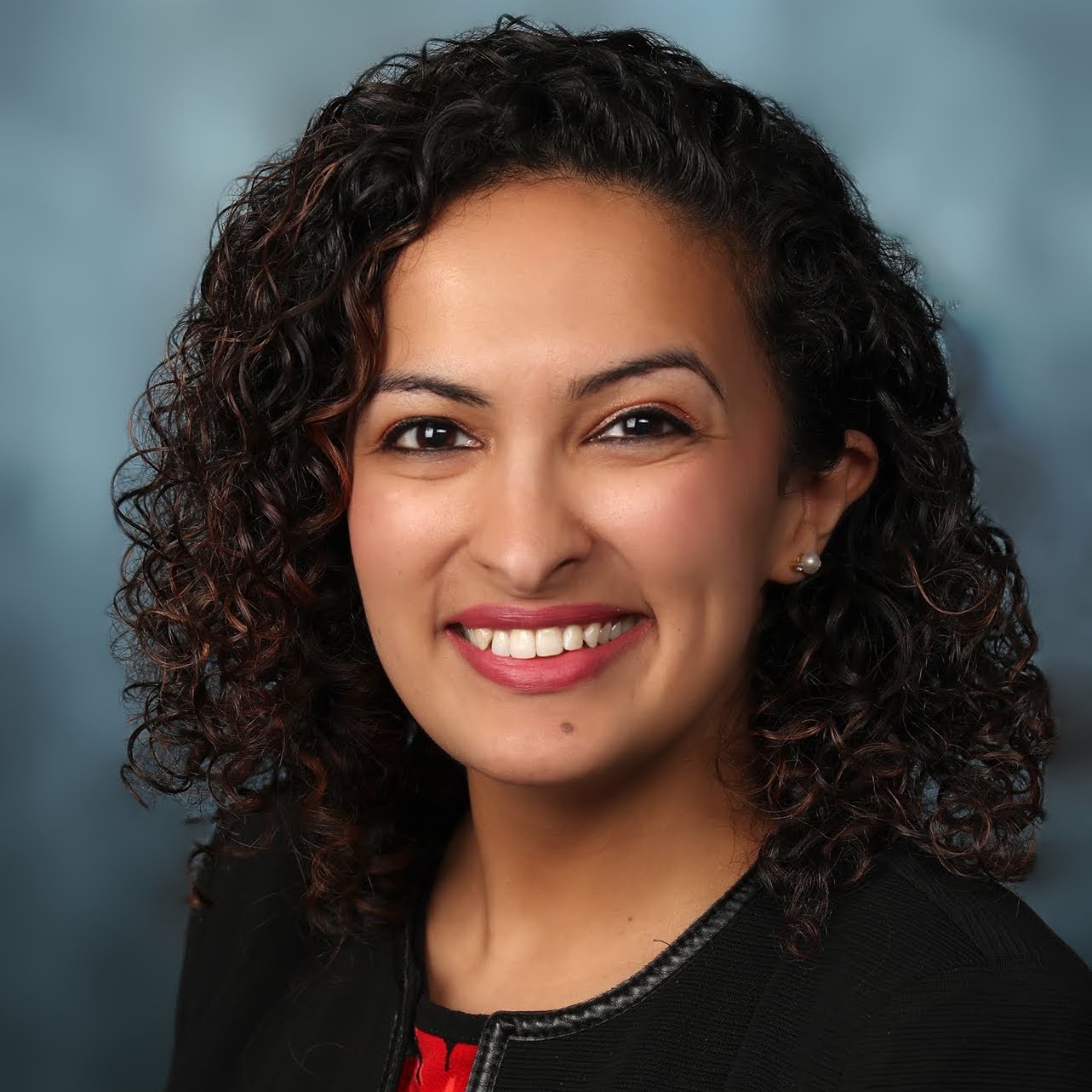Ep1 - Hello World
Posted on Tuesday, Apr 28, 2020
Show Notes
Introducing Computationally Yours! Where the conversation begins at Computational Biology.
What is computational biology? In very simple terms, it is a combination of computer science, mathematics/statistics and biology to answer fundamental questions in the life sciences . One of them being the extraction of information from data. And with the era of big data that we are currently living in, the field has significantly evolved. And when we talk about biology, it could be anything from genomics, which is my specialty, to neuroscience, or systems biology, drug development, clinical trials, to name just a few.
Why Computationally Yours? We both strongly believe in making our fields more accessible. We live in times where science, especially data science has become a huge part of our daily lives, without us knowing it sometimes. I think it would be great to have a place for us to discuss and make the branches of computational biology that we know and love, especially pertaining to the biomedical applications, accessible to everyone. And I think we have a great plan on how to do this for our listeners.
Today’s episode’s main segment was The Asssignment, where we compared notes about the origins of Computational Biology. Hear and subscribe to us for more on that!
References
Hagen, Joel B. “The origins of bioinformatics.” Nature Reviews Genetics, vol. 1, no. 3, 2000, p. 231+.
Fitch, W. M. & Margoliash, E. Construction of phylogenetic trees. Science 155, 279–284 (1967)
Needleman, S. B. & Wunsch, C. D. A general method applicable to the search for similarities in the amino acid sequence of two proteins. J. Mol. Biol. 48, 443–453 (1970).
Stevens, Hallam. Life out of sequence: a data-driven history of bioinformatics. University of Chicago Press, 2013.
Searls, David B. “The roots of bioinformatics.” PLoS computational biology 6.6 (2010).
Gusfield, Dan. “Algorithms on stings, trees, and sequences: Computer science and computational biology.” Acm Sigact News 28.4 (1997): 41-60.
Hosts

Arshi Arora
Arshi Arora is a Research Biostatistician at Memorial Sloan Kettering Cancer Center. She holds a double Masters of Science degree in Computational Biology and Biostatistics from Carnegie Mellon and Columbia University respectively. Her interests lie in creating elegant solutions to biological and clinical questions via simple yet compelling statistical models. She is a minimalist and follows an intense recycling waste regimen.

Sabah Kadri, PhD
Dr. Sabah Kadri has a background in Computer Engineering with a PhD in Computational Biology from Carnegie Mellon University. Dr. Kadri leads a team of bioinformaticians and scientists to design, develop and implement cloud-based computational infrastructure and containerized bioinformatics software in clinical diagnostic services for germline and somatic next generation sequencing (NGS) testing. She has experience building clinical diagnostics pipelines and systems for adult and pediatric diseases and continues to work on informatics solutions and research questions for translational ‘omics’ and biomedical research to promote personalized medicine.
